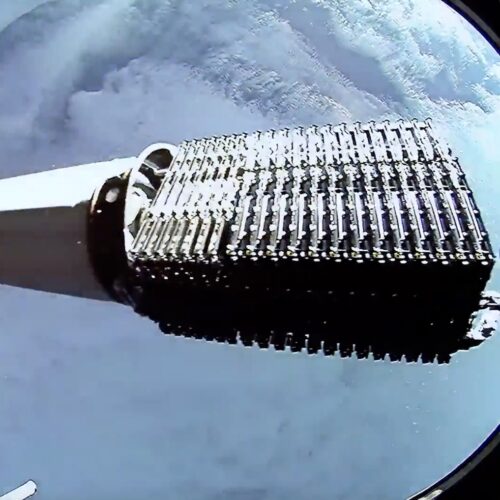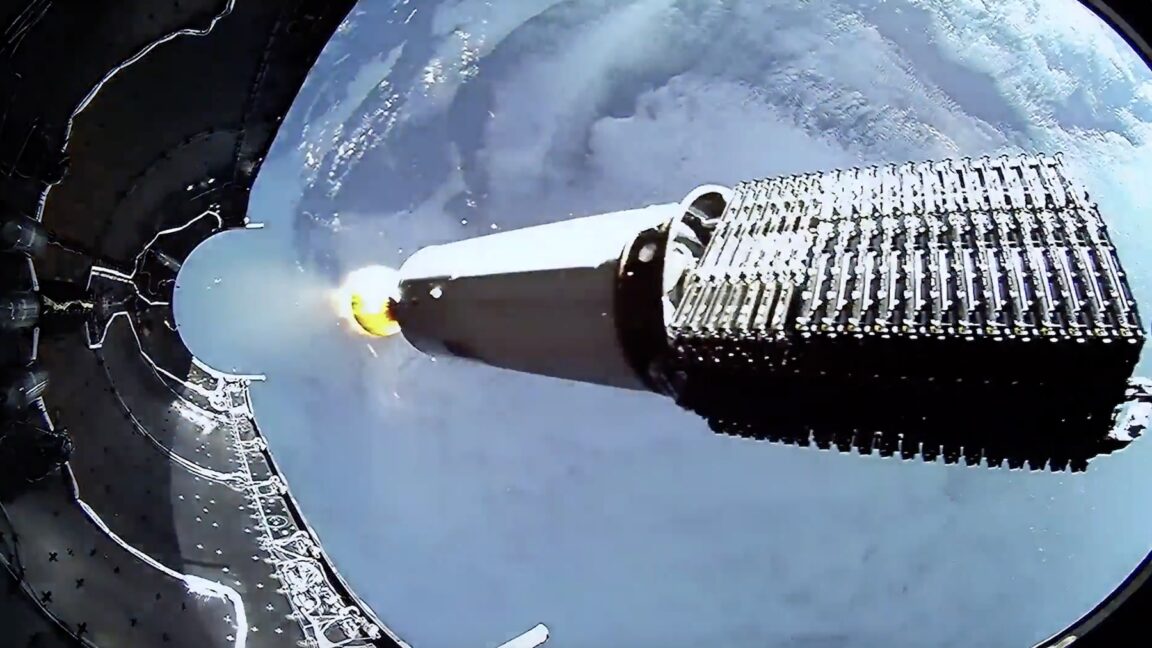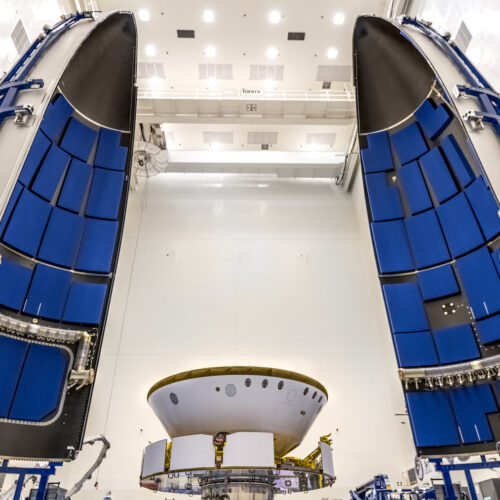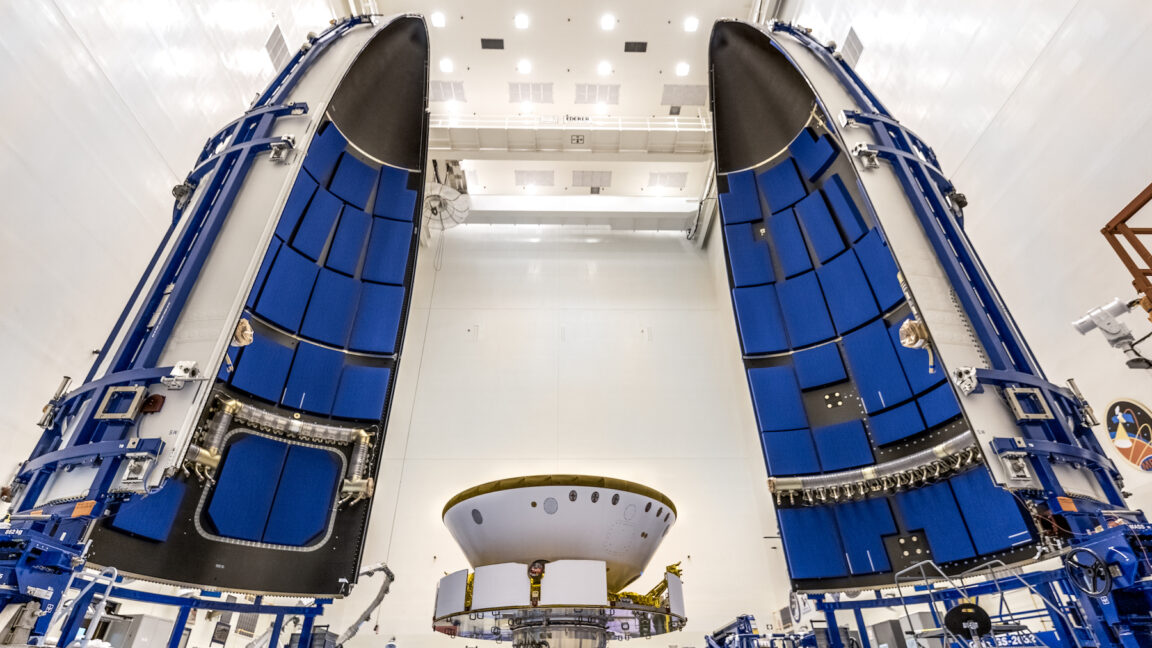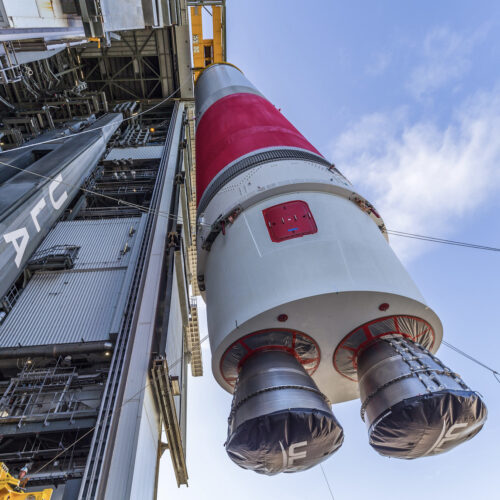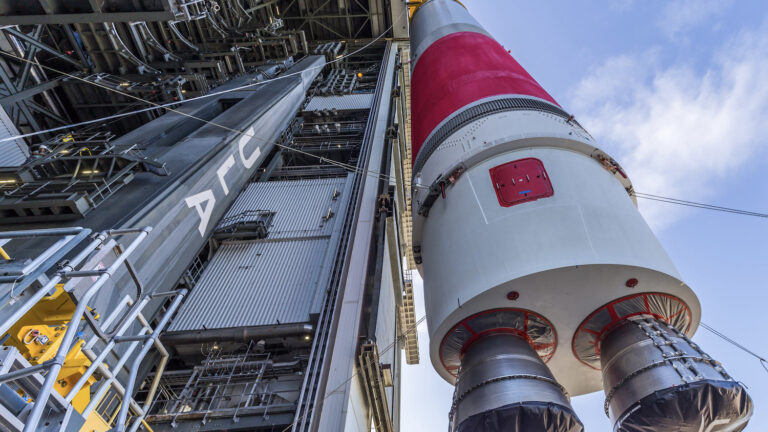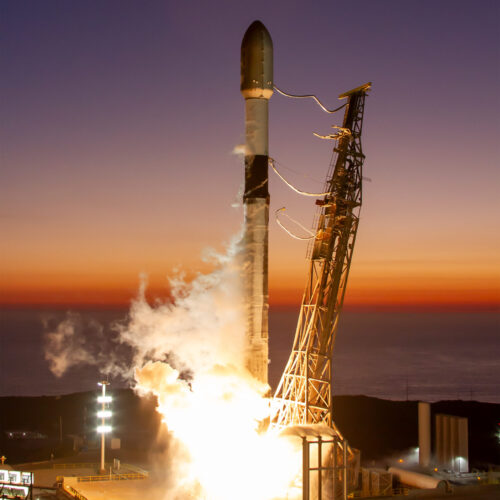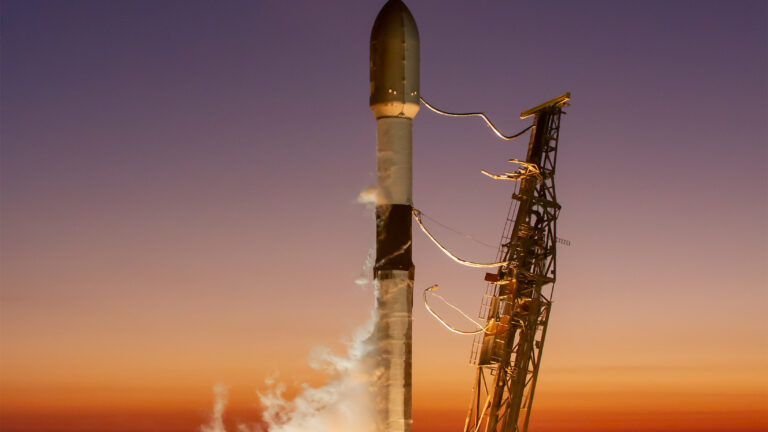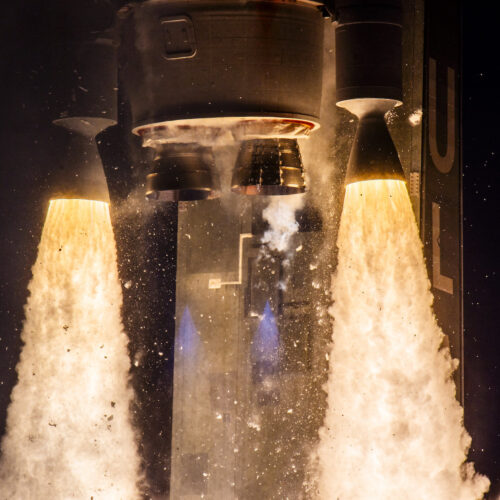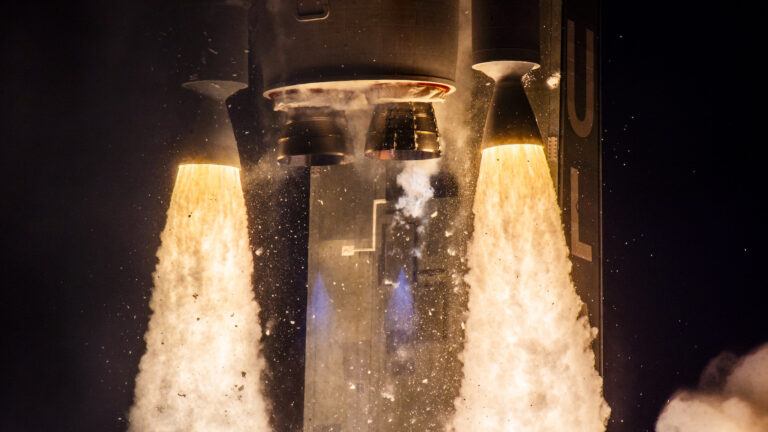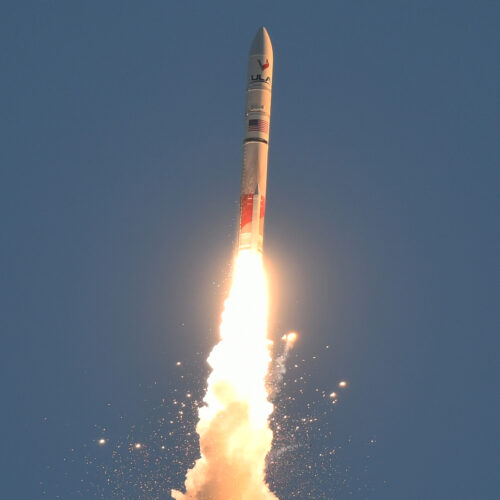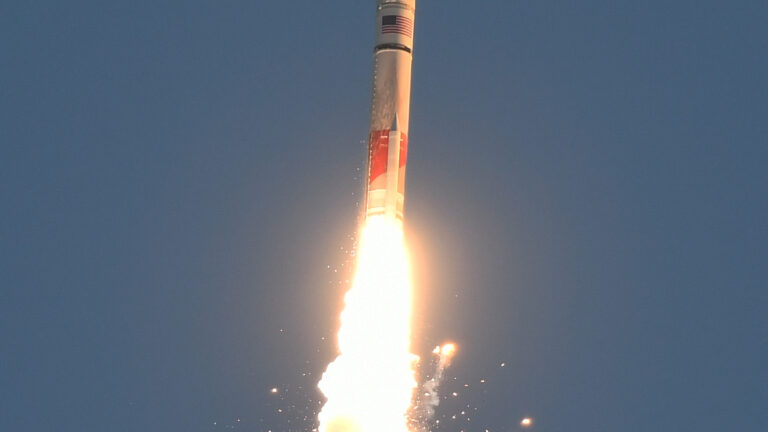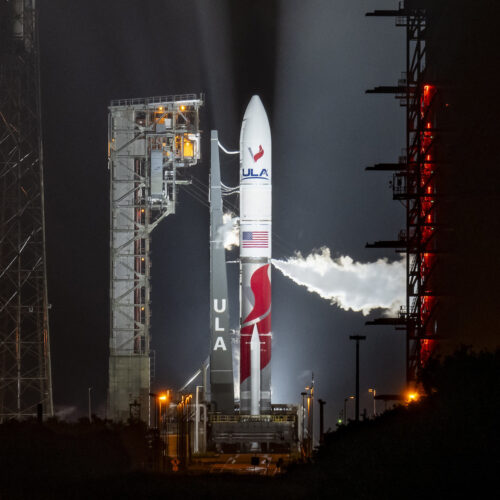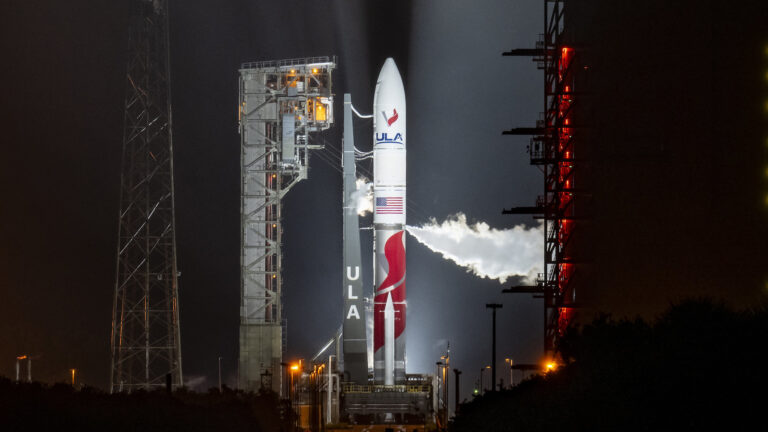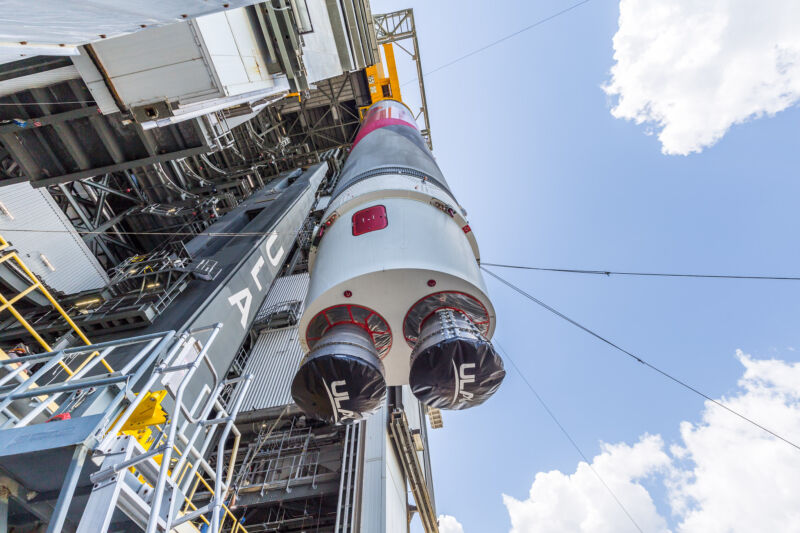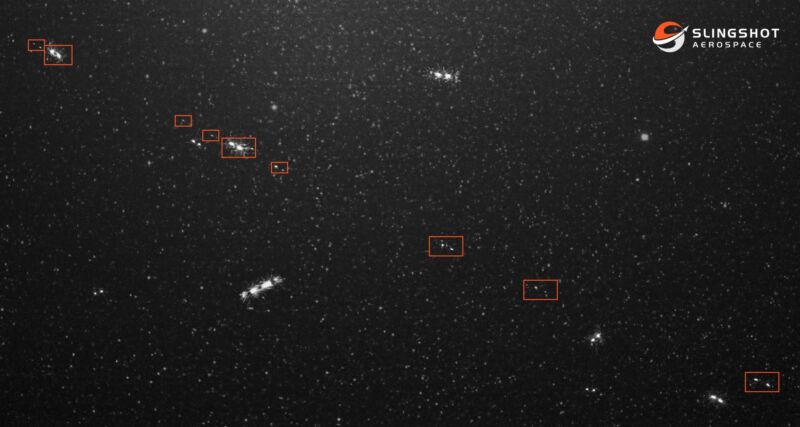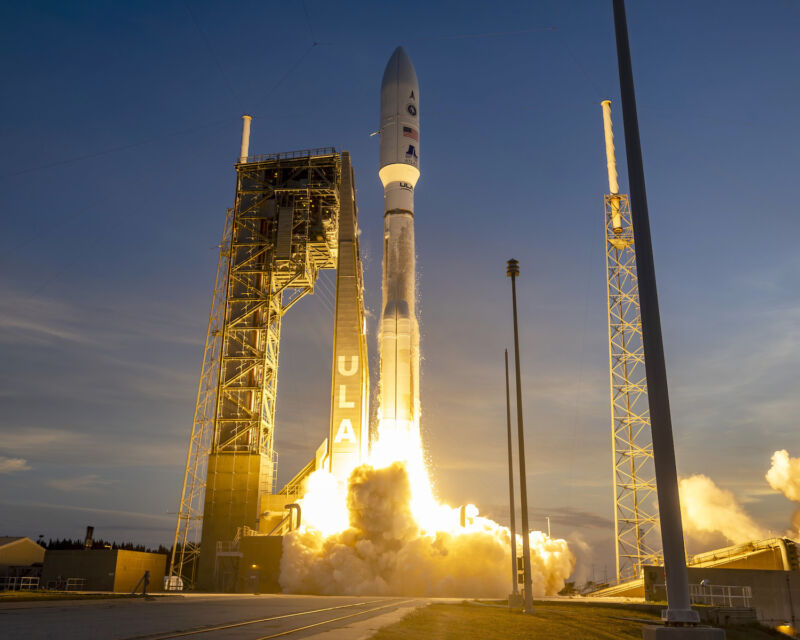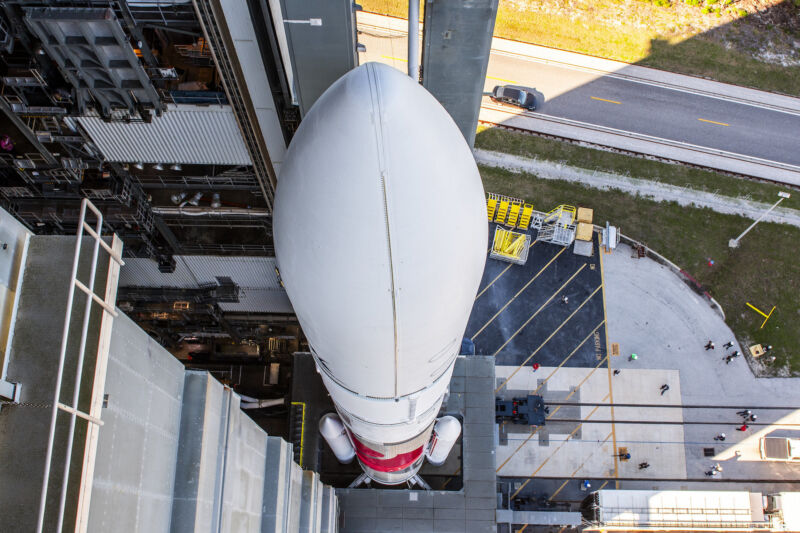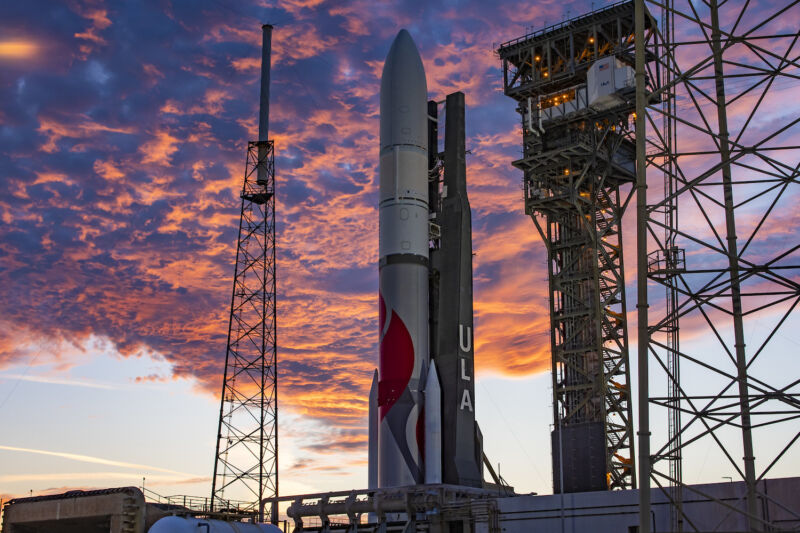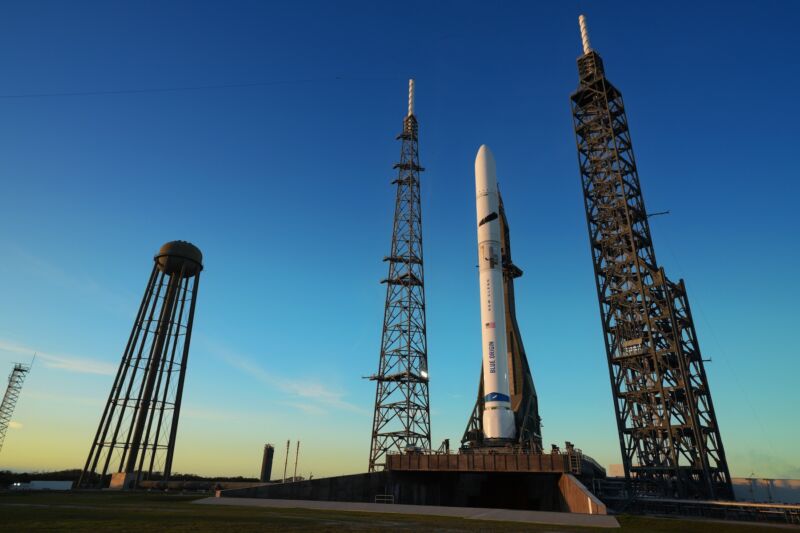A lot of people are mistaking Elon Musk’s Starlink satellites for UAPs
SpaceX's Starlink Internet satellites are responsible for more and more public reports of unexplained anomalous phenomena (UAPs), but most recent cases remain unsolved, according to a US government report released Thursday.
Starlinks often move across the sky in "trains" that appear like gleaming gems in the blackness of space. They are particularly visible to the naked eye shortly after each Starlink launch.
In recent years, leaks and disclosures from government officials have revitalized open discussion about mysterious lights and objects, some of which move in, to put it bluntly, unquestionably weird ways. Some of these images, particularly those from sophisticated instruments on military fighter jets, have made their way into the national discourse. The New Yorker, Ars' sister publication, has a thorough report on how UAPs—you might know them better as UFOs—became mainstream.
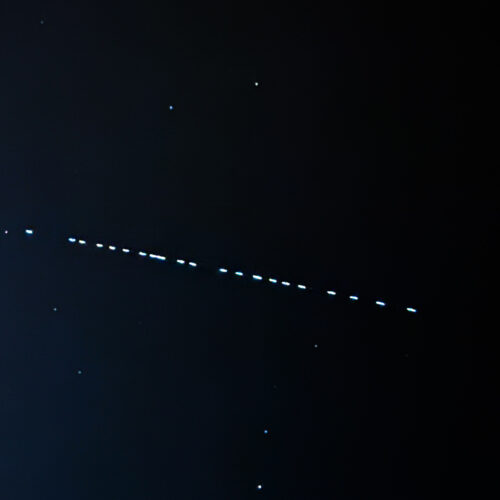
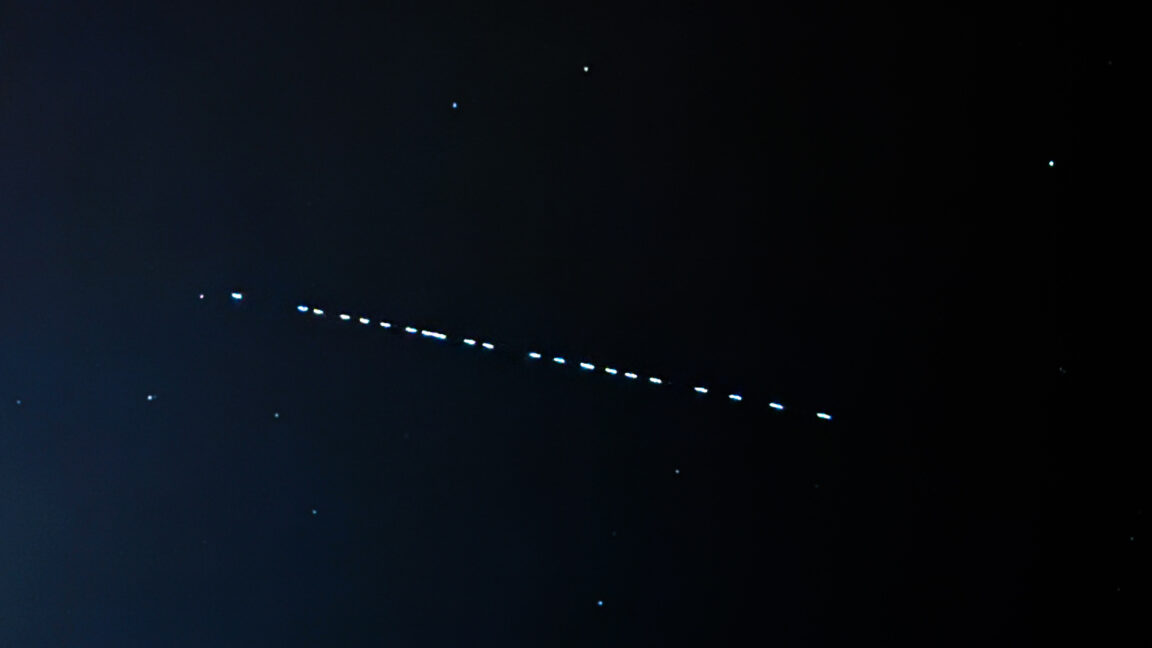
© Jakub Porzycki/NurPhoto
